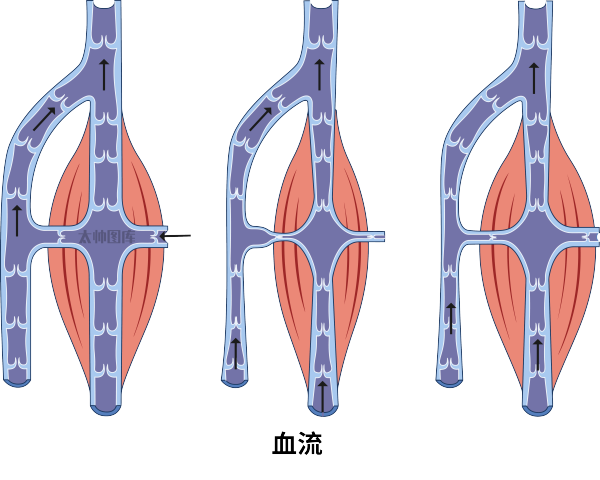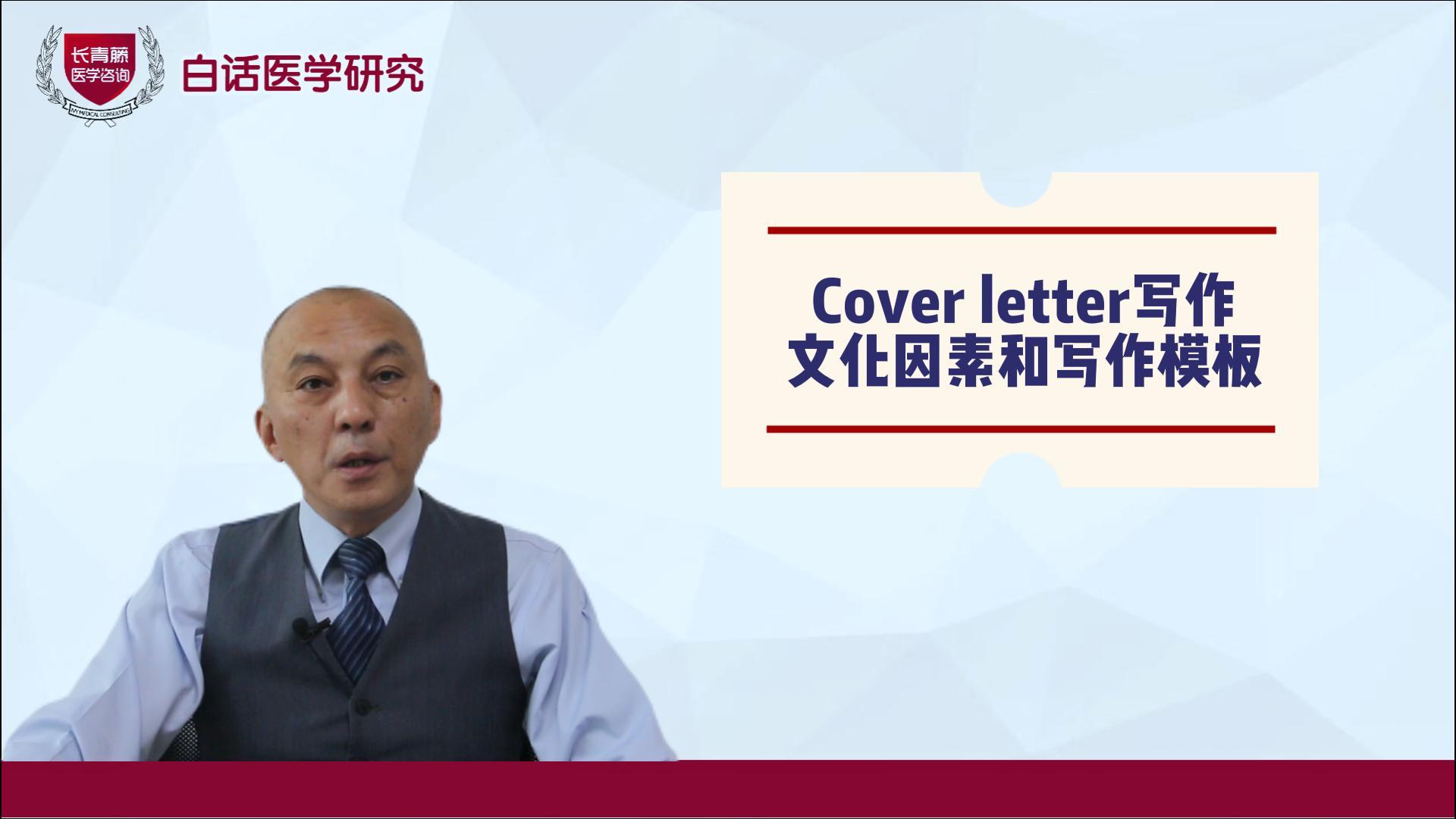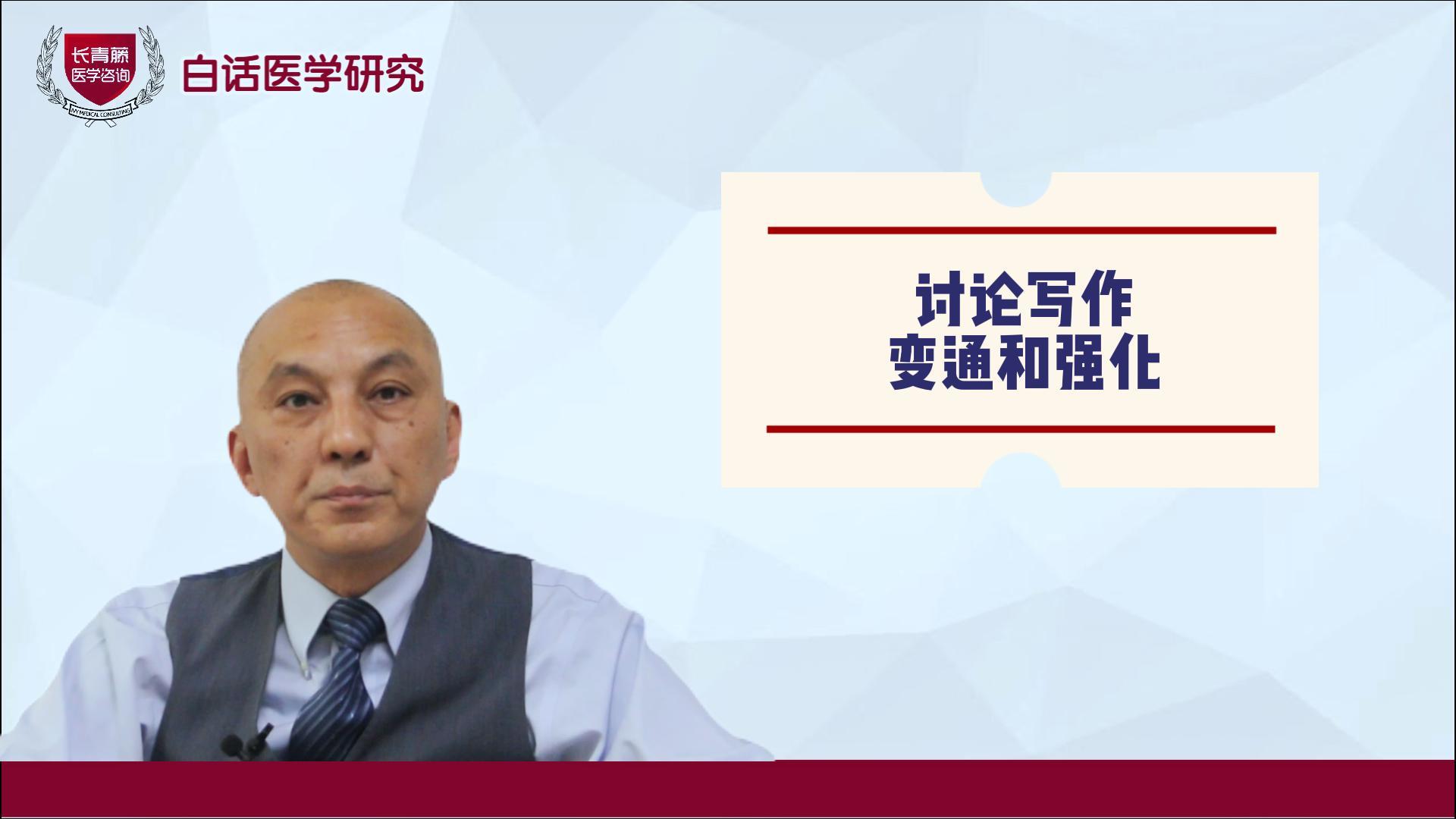2024-02-15

双语字幕
How intrathoracic pressure impacts circulation
胸内压是如何影响血液循环的
Perfusion means that blood is flowing to the tissues to deliver oxygen and nutrients to the cells. This circulation also picks up waste products, such as lactic acid and carbon dioxide for elimination from the body. All organs of the body require adequate perfusion in order to function properly.
灌注是指血液流向组织,为细胞输送氧气和营养物质。该循环也收集废物,如乳酸和二氧化碳,以便将其从体内清除。所有身体器官都需要足够的灌注,才能发挥正常功能。
Now let's review some basic physiology concepts.
现在,我们来复习一些基础的生理学概念。
The body continually regulates the circulation of blood by using positive and negative pressures inside the thoracic cavity to maintain equilibrium.
身体利用胸腔内的正压和负压,来不断调节血液循环,从而维持平衡。
Let's compare this to how a bellows works.
我们将其与风箱的工作方式进行比较。
Positive pressure drives fluids and air away, just as squeezing a bellows together creates a positive pressure that forces air out.
正压迫使液体和空气离开,这好比是挤压风箱时,产生正压,迫使空气排出。
When a negative pressure or a vacuum is created, the opposite occurs and fluids and air are drawn in, just as pulling a bellows apart, creates a vacuum that pulls air in.
当产生负压或真空时,情况则相反,液体和空气被吸入,好比是拉开风箱,产生真空,将空气吸入。
Next let's talk about how changes in intrathoracic pressure impact pressure in the head.
接下来,我们探讨一下胸内压变化是如何影响颅内压的。
Positive pressure in the chest is transmitted to the head via fluid field sinuses that run along the spinal column increasing intracranial pressure or ICP, while a negative pressure in the chest lowers ICP. Reducing ICP lowers the resistance to forward blood flow and improves perfusion to the brain.
胸腔内的正压通过沿脊柱走行的液体窦道传递到头部,增加颅内压(ICP),而胸腔内的负压则降低 ICP。ICP 降低导致正向血流的阻力减小,大脑灌注改善。
Now let's talk about how intrathoracic pressure impacts circulation.
现在,我们来看胸内压是如何影响血液循环的。
When a healthy person at rest inhales, the diaphragm moves down and the chest wall moves out. This creates a vacuum that draws air and blood into the chest and slightly lowers ICP.
当静止的健康人吸气时,膈肌下移,胸壁向外扩张,产生真空,迫使空气和血液进入胸腔,ICP 略降低。
As a person exhales, the diaphragm moves up and the chest wall moves in. This creates a positive pressure that forces air out, inhibits blood returned to the chest and slightly raises ICP.
当呼气时,膈肌上移,胸壁向内缩小,产生正压,迫使空气排出,抑制血液回流到胸腔,ICP 略升高。
When we exert ourselves, metabolic needs change and the body regulates intrathoracic pressure to meet these increased demands. We breathe harder, faster, and deeper, enhancing the vacuum in the chest that pulls more air into the lungs, more blood back to the heart, and lowers ICP.
当我们运动时,代谢需求发生变化,身体将调节胸内压来满足这些增加的需求。我们呼吸地更用力、更快、更深,从而增强胸腔内的真空状态,迫使更多空气进入肺,更多血液进入心脏,并降低 ICP。
相关单词学习
Intrathoracic
①发音和释义
in•tra•tho•rac•ic/ɪntrəθə'ræsɪk/adj 胸内的
Within the cavity of the chest.
单词 intrathoracic 由下列成分构成
intra-(前缀)在......内
+
thoracic 胸的,胸腔的

(图源:太帅图库)
Equilibrium
e•qui•lib•ri•um/ˌekwɪˈlɪbriəm/n. 平衡
A state of rest or balance between opposing forces, powers, or influences.
单词 equilibrium 由下列成分构成
equi- 相等的
+
lībr(a) 平衡
+
-ium 中性名词后缀

(图源:太帅图库)
附:心肺复苏急救措施

百度浏览 来源 : 上术呼吸
版权声明:本网站所有注明来源“医微客”的文字、图片和音视频资料,版权均属于医微客所有,非经授权,任何媒体、网站或个人不得转载,授权转载时须注明来源:”医微客”。本网所有转载文章系出于传递更多信息之目的,且明确注明来源和作者,转载仅作观点分享,版权归原作者所有。不希望被转载的媒体或个人可与我们联系,我们将立即进行删除处理。 本站拥有对此声明的最终解释权。




发表评论
注册或登后即可发表评论
登录注册
全部评论(0)